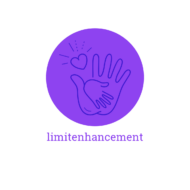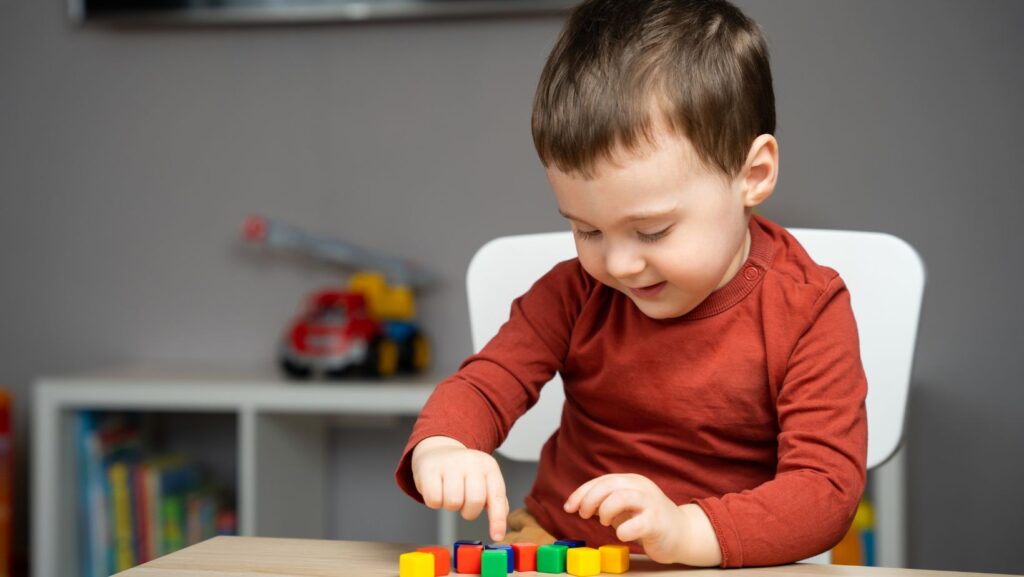As the tiny bundle of joy in your arms starts to grow, so does their curiosity about the world. The transition from infancy to toddlerhood is a fascinating phase, marked by a whirlwind of changes. It’s a time when your little one starts to explore, express, and engage in a whole new way.
This period of transition is not just about physical growth. It’s also about cognitive, emotional, and social development. From the first steps to the first words, every milestone is a testament to the amazing journey of growth and discovery.
In this article, we’ll delve into the key characteristics that emerge during this transformational phase. We’ll explore how toddlers start to show signs of independence, exhibit greater motor skills, and develop their unique personalities. So, buckle up for an enlightening journey into the world of toddlerhood.
Which Characteristic Occurs After The Transition From Infancy to Toddlerhood
Transitioning from infancy to toddlerhood, children exhibit a myriad of new characteristics. They traverse this crucial phase, progressing from one stage to another, displaying remarkable transformations. Now, let’s delve deep into defining these stages and the key developmental milestones.
Key Developmental Milestones
 Follow a toddler’s journey, and you’d observe stride in a range of developmental milestones. Motor skills such as independent walking, running, and even climbing stairs are quite common during toddlerhood. They gain fine motor skills, showcasing abilities to copy lines or circles, and manipulate small objects with ease.
Follow a toddler’s journey, and you’d observe stride in a range of developmental milestones. Motor skills such as independent walking, running, and even climbing stairs are quite common during toddlerhood. They gain fine motor skills, showcasing abilities to copy lines or circles, and manipulate small objects with ease.
Within the realm of cognitive development, it reveals explosive growth. They begin to understand cause-effect relationships that promote problem-solving abilities. Advancement in language skills is another characteristic, from a vocabulary of a few words in infancy leap to a repertoire of hundreds of words in toddlerhood.
Emotional and social milestones are also of utmost importance. Toddlers begin to recognize themselves as separate entities from their caregivers. They initiate play with peers, show empathy, and even possessiveness. All these attest to the reality of emotional and social understanding.
Through all these transformations, each child carves a unique path. It’s the journey from infancy to toddlerhood, signifying a significant progression in their development—a fascinating course of growth and discovery.
Physical Growth and Motor Skills
The transition from infancy to toddlerhood features noticeable enhancements in physical growth and motor skills, contoured by significant strides in coordination and mobility, coupled with the mastery of self-feeding and dressing.
Coordination and Mobility
The leap in physical growth becomes evident in a toddler’s newfound mobility. Substantial muscle development, primarily in the legs and upper body, gifts toddlers with the ability to walk unaided, run, and even climb stairs. Simultaneously, improved hand-eye coordination empowers them to perform tasks with a sustains focus, like stacking blocks or turning pages of a book. Their agility and vertiginous speed leave them with a sense of independence and curiosity to explore their surroundings.
Cognitive Development in Toddlers
Language Acquisition
 Language growth distinguishes toddlerhood from infancy in a noteworthy manner. Expanded vocabulary and improved language comprehension mark toddlerhood. The acquisition of language starts with simple babbling, advancing to single words such as ‘mama’ or ‘dada’. By the age of two, toddlers generally string together two to four-word sentences, exhibiting a remarkable development in expressive language. For example, they might construct simple phrases like “me want cookie.” At this age, toddlers also understand directives. They obey commands such as “Put the ball in the box “. Proficiency in language comprehension and production, often, indicates cognitive growth during toddlerhood.
Language growth distinguishes toddlerhood from infancy in a noteworthy manner. Expanded vocabulary and improved language comprehension mark toddlerhood. The acquisition of language starts with simple babbling, advancing to single words such as ‘mama’ or ‘dada’. By the age of two, toddlers generally string together two to four-word sentences, exhibiting a remarkable development in expressive language. For example, they might construct simple phrases like “me want cookie.” At this age, toddlers also understand directives. They obey commands such as “Put the ball in the box “. Proficiency in language comprehension and production, often, indicates cognitive growth during toddlerhood.
Problem-Solving Abilities
Transition from infancy to toddlerhood also brings substantial alterations in a child’s problem-solving abilities. At this phase, toddlers immerse themselves in exploratory play – a crucial genesis of cognitive acumen. Inquisitive and curious, they manipulate objects, solve basic puzzles, and demonstrate simple problem-solving skills. For instance, they realize that one toy can be placed inside another, or that a lever, if pushed or pulled, can result in movement or the exposure of hidden items. Moreover, toddlers are capable of simple pretend play. They mimic routine adult activities such as cooking or driving which indirectly aids in fostering problem-solving skills. Cognitive development in toddlers, notably their problem-solving abilities, is a clear indicator of their readiness for more structured learning environments.

